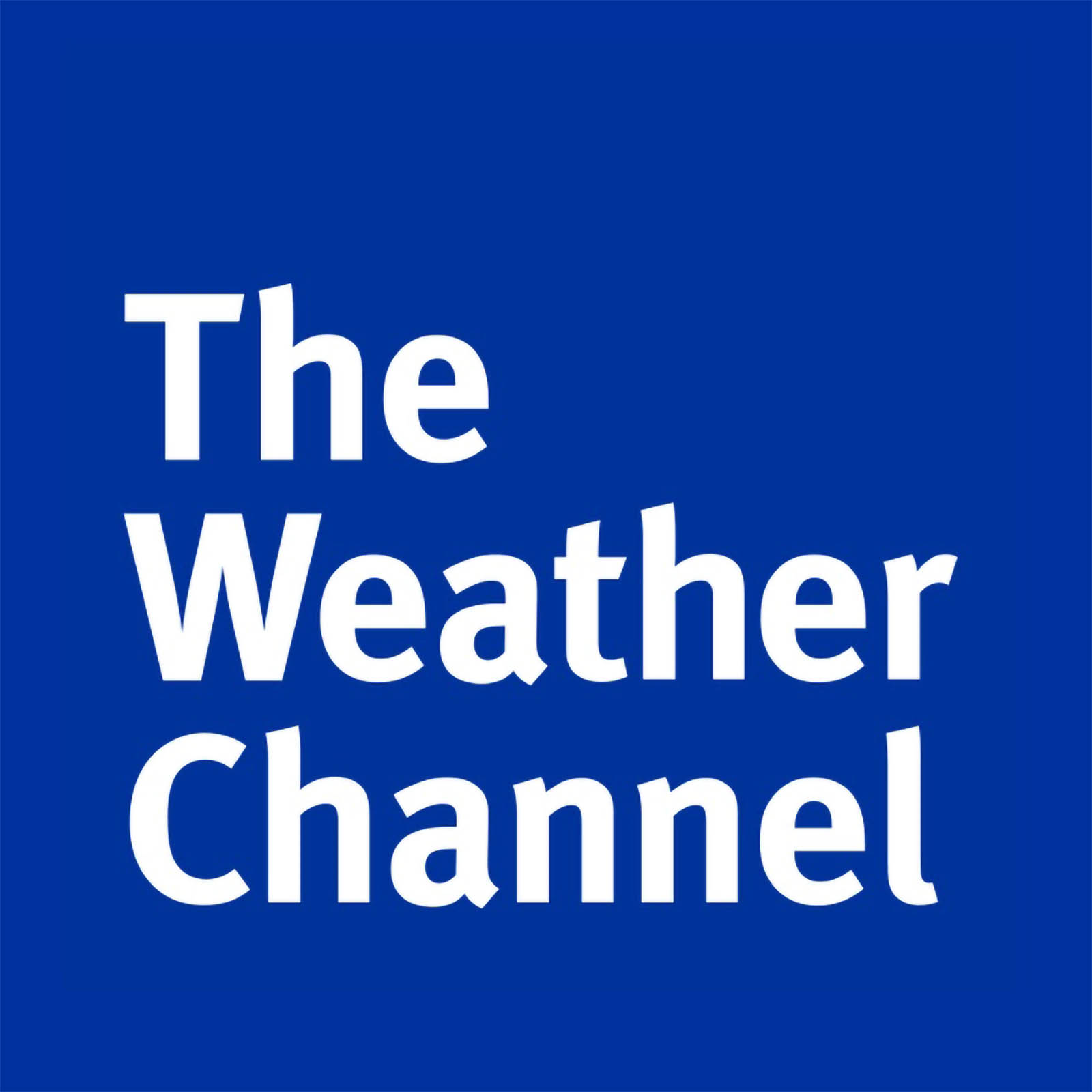 A national-level pay-TV station in the United States, The Weather Channel is owned by Weather Group LLC, which is further owned by Allen Media Group. The station’s headquarters are located in Atlanta, Georgia. The Weather Channel specializes in journalism related to weather, weather forecasting, and weather analysis in addition to entertainment programming and weather-related documentaries. The channel was launched on 2 May 1982.
A national-level pay-TV station in the United States, The Weather Channel is owned by Weather Group LLC, which is further owned by Allen Media Group. The station’s headquarters are located in Atlanta, Georgia. The Weather Channel specializes in journalism related to weather, weather forecasting, and weather analysis in addition to entertainment programming and weather-related documentaries. The channel was launched on 2 May 1982.
Weather Channel used to license its weather data from The Weather Company until IBM bought that company in 2016. Ever since Weather Channel started licensing its weather data from IBM. The station was accessible to more than 79.128 million households that subscribe to pay-TV channels throughout the USA, says the data collected until 2018. Weatherscan, a sister network of The Weather Channel, is an all-day-long cable and satellite network that features local weather forecasts and radar images.
Jump directly to:
The Station’s Operating Principles
With almost 40 years of experience as the leading broadcaster of severe weather, The Weather Channel delivers the most detailed weather analysis available anywhere. The weather channel has been voted as the best TV news brand with the struggle of Harris Poll for nearly 11 years in a row. The channel features the best experts, including the most skilled meteorologists who analyze, forecast, and report the weather more accurately. A station’s purpose is to interact with fans and provide content that satisfies audiences’ fascination with all things weather-related. Let’s take a look at the few operating principles of The Weather Channel.
The Weather Channel Live Stream
The Weather Channel Live stream offers US Weather coverage including The Weather Channel Forecast, US Weather maps, US Weather Radar, and US Weather Forecast. You can experience the HS stream of your favorite shows and news coverage here without any buffering.
Storytelling
The weather is unarguably a wonderful phenomenon, and the channel hopes to convey its passion and fascination to the public through stories. These stories are told through digital content, live programming, or through long-form programming. The more users engage with the brand, the more the stories in the channel shows just how climate has a significant impact on almost everything we do.
Science
Science of weather is at the center of the Weather Channel TV network. The channel is dedicated to providing the most accurate weather forecast on TV, so its meteorologists work tirelessly to achieve that goal.
Safety
This is where the station really proves itself in the marketplace, keeping people safe and prepared when severe weather threatens. Severe weather coverage is one of the channel’s most crucial responsibilities and contributes to every decision it makes.
FAQs
Staff of The Weather Channel
There are multiple famous personalities onboard on The Weather Channel. From on-camera meteorologists to correspondents, hurricane experts, Storm Specialists, and the Senior Director of Weather Communication, The Weather Channel team consists of all-weather experts. The staff is dedicated to providing accurate weather reports, timely hurricane alerts, detailed storm reports to all the United States areas. The station’s meteorologists are quite enthusiastic and energetic people who enjoy spending time by themselves. Further, they are quite enterprising, which means they are natural-born leaders who are great at motivating and inspiring others.
Mike Bettes: Live-TV Meteorologists and Host
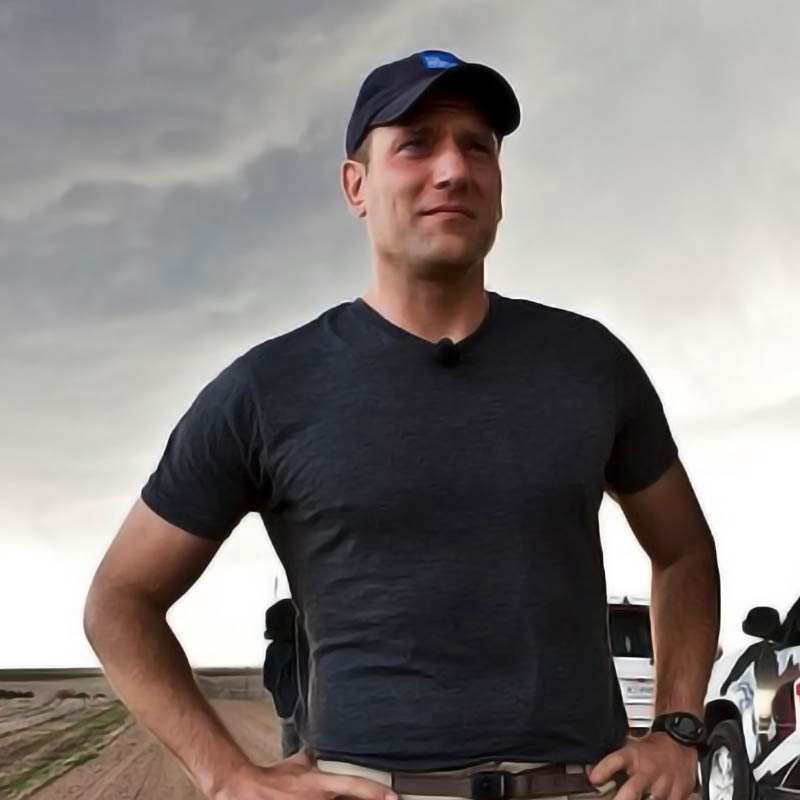 For years, Mike Bettes has served as one of The Weather Channel’s best personalities. He is an on-Camera personality as well as a host for the Weather Underground show. Plus, Mike is especially adept at covering severe weather. He has reported on almost every extreme weather event since he joined the network in 2003, including the 2013 El Reno Oklahoma Tornado, 2011 Missouri Tornado, and Joplin. Moreover, Mike was part of the team that analyzed one of the largest tornado fields, Vortex 2, for the purpose of better understanding the phenomenon.
For years, Mike Bettes has served as one of The Weather Channel’s best personalities. He is an on-Camera personality as well as a host for the Weather Underground show. Plus, Mike is especially adept at covering severe weather. He has reported on almost every extreme weather event since he joined the network in 2003, including the 2013 El Reno Oklahoma Tornado, 2011 Missouri Tornado, and Joplin. Moreover, Mike was part of the team that analyzed one of the largest tornado fields, Vortex 2, for the purpose of better understanding the phenomenon.
Mike’s Work
Mike has worked in almost every type of climate during the course of his career. In addition to floods, hurricanes, and wildfires, Bettes has also covered blizzards, live on the scene.
During his time at The Weather Channel, he has witnessed some of the worst storms ever seen. Mike reported the Hurricane Ivan in 2004 live from Florida. Plus, Bettes spent a week along the Mississippi coast when Hurricane Katrina hit in 2005. In 2008, during Hurricane Ike, Mike personally recorded 101 mph winds in Texas. The most dangerous hurricane season for him was in 2017. Bettes was in the area when the rain flooded most parts of Southeast Texas as a result of Hurricane Harvey.
Two weeks after that, Bettes reported for 90 minutes nonstop from within the eyewall of Hurricane Irma as it approached Naples, Florida. 130 mph winds were recorded there. Furthermore, Mike was reporting live from Panhandle when Hurricane Michael of Category 5 hit Florida.
Bettes served as the Chief Meteorologist at WLOS-TV in Asheville, North Carolina, before he joined The Weather Channel. His previous work experience included four years as a Weekend Meteorologist at WSYX/WTTE. In addition, he spent a year at WKEF in Dayton, Ohio. Mike is also one of the few to boast about having an AMS Seal of Approval and a National Weather Service certificate.
Jim Cantore: Weather Anchor and AMHQ Co-host
Jim Cantore comes on board with 30 years of industry knowledge and experience. He is among the well-known weather personalities who love reading the climate as much as other meteorologists in the team. The way he explains the cause-and-effect phenomenon of the weather makes him perfect journalism. Being born in Waterbury, Connecticut, Jim was brought up in White River, Junction, Vermont.
Having graduated from Lyndon State College, Cantore started working for The Weather Channel as soon as possible in 1986. Jim anchors and presents the daily weather forecast as well as contributes to weather-related documentaries, including forecasts and historic storms. Cantore mostly appears in the field, but if he isn’t in the field, you can find him providing the weather news and the latest weather channel forecast on Weather Center Live. He also covers the scientific analysis of severe weather events.
Jim’s Career Overview
Over the years, Cantore has covered many impactful events including NASA Launches, Olympics, Winter X Games, and PGA Tournaments. He was also responsible for creating a forecast for Fall Foliage. Other major climate events that Jim covered are Hurricane Sandy, Hurricane Katrina, Dorian, and Irma. When Jim appears in your town, it’s time to leave because he usually appears in the middle of storms or hurricanes.
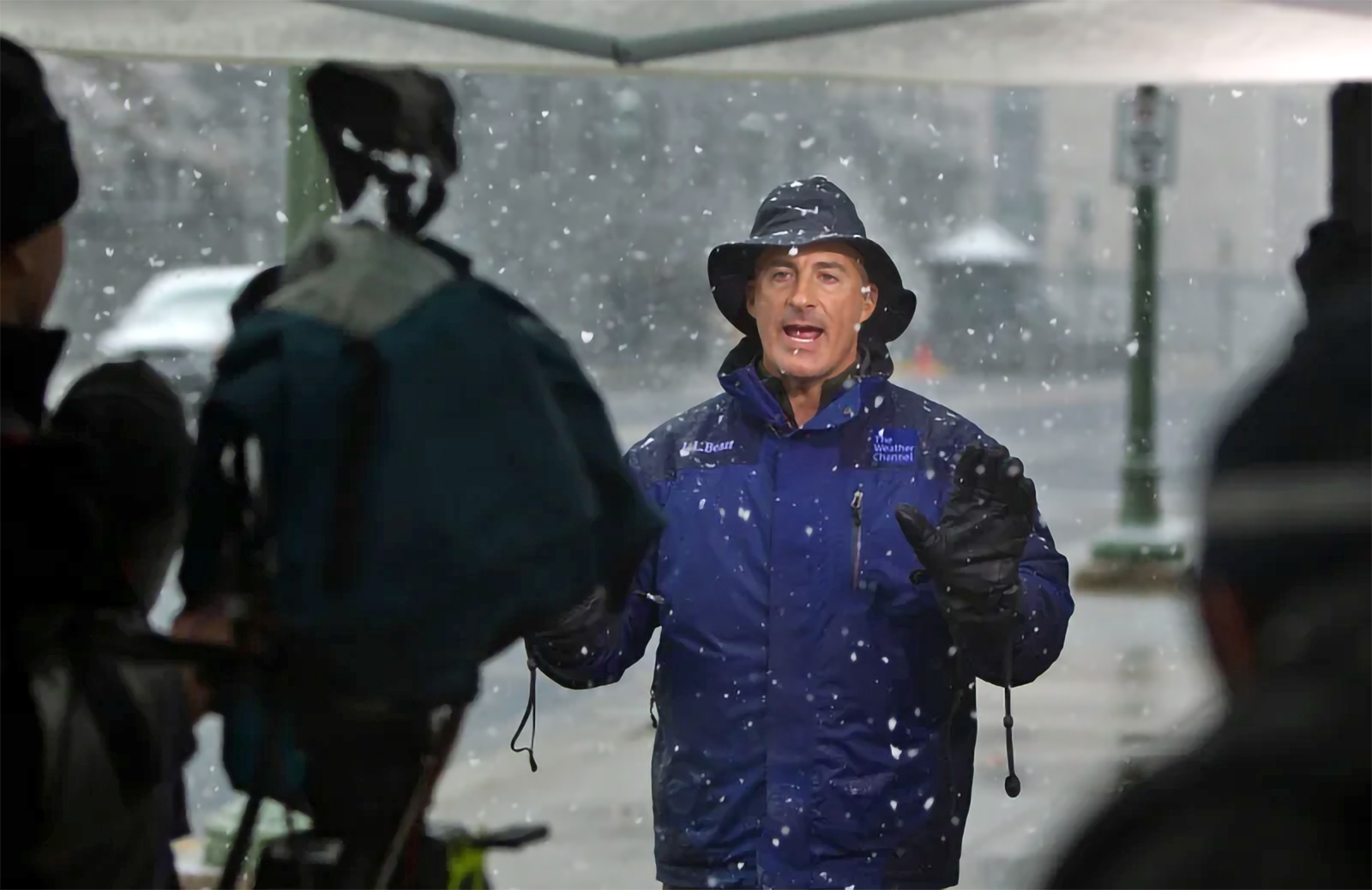
In 2003, Jim claimed the Atmospheric Administration David S. Johnson Award. Moreover, he also has the Seal of Approval from the American Meteorological Society. Moreover, in February 2013, Jim was named into the Punxsutawney Weather Discovery Center Hall of Fame.
He was also elected to the Silver Circle of the Southeast Chapter of the National Television Academy of Arts & Sciences in the same year. 2014 brought Cantore recognition as a Fellow of the American Meteorological Society. In 2018, Lyndon State College conferred an honorary doctorate on Jim. Additionally, he is a member of the Weather Hall of Fame, established by the National Weather Museum and Science Center. Jim is also a winner of the News and Documentary Emmy for his remarkable performance in the realm of Mixed Reality storytelling by The Weather Channel. This story emphasizes the danger of tornadoes.
Stephanie Abrams: Co-host of AMHQ and On-camera Weather Personality
 Stephanie Abrams has been reporting the weather in The Weather Channel since 2003. She is a charismatic and highly-spirited meteorologist who has covered all types of severe weather. Her fieldwork experience includes the coverage of tornadoes, hurricanes, floodings, heat waves, fires, and snow. Throughout the United States as well as overseas, her passion for education and sharing crucial weather-related information and stories has led her to pursue her passion.
Stephanie Abrams has been reporting the weather in The Weather Channel since 2003. She is a charismatic and highly-spirited meteorologist who has covered all types of severe weather. Her fieldwork experience includes the coverage of tornadoes, hurricanes, floodings, heat waves, fires, and snow. Throughout the United States as well as overseas, her passion for education and sharing crucial weather-related information and stories has led her to pursue her passion.
As a result of her creativity, she has jumped between shows, such as Abrams and Bettes, Wake Up with Al, and America’s Morning Headquarters, where she is currently a co-host. Ahab has also created segments such as a weather play on the dating app TWCingle to explain forecasting, a one-minute segment called Science with Steph, and a Skydiving segment to show how the atmosphere is like a hamburger.
Stephanie’s Previous Work
Before joining the prestigious Weather Channel team, Abrams was a part of WTXL News in Tallahassee for the seven months between July 2002 and May 2003. As a resident of Wellington, Florida, Abrams graduated with a BS in Meteorology from Florida State University. She is also a graduate of BS Geography from the University of Florida, Gainesville, Fl. Stephanie graduated from the university with an honors degree and earned membership to Phi Beta Kappa. She also earned a minor in mathematics. Also a member of the American Meteorology Society and National Weather Association, Abrams focuses on climate science. In 2002 and 2003, she served as president of the North Florida chapter of AMS and earned the Seal of Approval.
Kelly Cass: AMHQ Weekend’s On-camera Meteorologist
 Kelly Cass has been working for The Weather Channel since January 2000 as a studio and on-field meteorologist. On AMHQ weekends, Cass fills in from 5 am to 9 am every weekend morning. She also fills in during the week. As part of the special reports that she covered for The Weather Channel, Kelly provided information about being assigned to fly with the Blue Angels unit of the US Navy.
Kelly Cass has been working for The Weather Channel since January 2000 as a studio and on-field meteorologist. On AMHQ weekends, Cass fills in from 5 am to 9 am every weekend morning. She also fills in during the week. As part of the special reports that she covered for The Weather Channel, Kelly provided information about being assigned to fly with the Blue Angels unit of the US Navy.
Cass completed her degree in BS communication from Adelphi University on Long Island New York. In addition, she’s also claimed a certificate of international study from Yonsie University in Seoul, South Korea. Cass also holds a broadcast meteorologist certificate from Mississippi State University and the Seal of Approval from the National Weather Association. Meanwhile, she has also a certificate in meteorology from the American Meteorological Society.
Kelly’s Work Experience
She has worked as a meteorologist in the television news department for WXIA News in December 2015 before joining The Weather Channel. She was also a part of WKRN News Nashville from March 2015 to April 2015. Though, it was only a 2-months tenure. In December 1992, Cass joined WRGB News as a Meteorologist where she served for 7 years. While working there, Cass was responsible for weather-related reporting, and some field reporting focusing on family & kids stories. In addition, she was honored with the New York State Broadcasting Award for her coverage of the Blizzard storm. In 1990, Cass joined WTZA, now called RNN, as a Reporter and Weathercaster from 1990 to 1992. Kelly started her career as an associate producer at the same station.
As a resident of Poughkeepsie, she is quite fond of winter storms and lake effect snow. Additionally, she loves extreme weather patterns such as tropical storms. Kelly was an athlete growing up who played softball, soccer, and volleyball. Not to mention the red belt which she got while practicing tae kwon do. The outdoors are Cassis’s favorite pastimes, including biking, hiking, and skiing. Her favorite way to spend time with her family is with her husband and three children.
The Weather Channel Mobile App
Using the app, users can see accurate weather updates, severe weather widgets, and live doppler radar to learn when floods are coming, heavy rain is coming, or heavy snow is coming. The severity of extreme weather is rising day by day in the USA. But don’t worry, the channel’s rain tracker, extreme weather alerts, and snow radar keep you updated with hourly weather forecasts. There is also live US weather radar information and live weather channel broadcasts, which can be viewed on DirecTV, , Smart TV, and other platforms.
Stay Informed about the Weather With The Weather Channel App
You can keep track of live precipitation updates on the station’s daily forecast tracking page on an hourly basis. The channel provides accurate weather data 15 days ahead with the most prestigious meteorologists around the world providing weather forecasts, making it easier for you to forecast your event. The storm radar widget in the app enables you to see local rain updates and notices of upcoming severe weather events on your home screen. When the weather begins to turn gloomy, don’t be alarmed. With the US Weather map, which includes GPS, storm radar alerts, live radar readings, and storm radar alerts, you’ll have the tools you need to face whatever the weather brings.
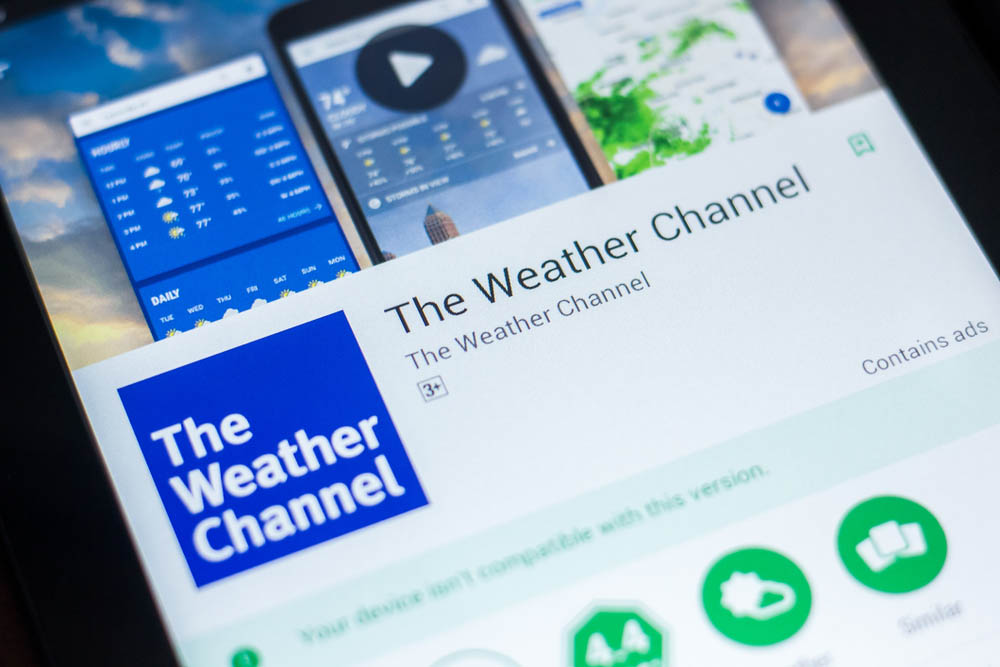
Here are the following features presented by The Weather Channel:
- US Weather Radar: Rain & Snow Tracker
- Future Radar: 6 hour future radar
- Snow Tracker: Stay up-to-date on the snowfall in the last 24 hours and on the snowfall over the upcoming 48 hours.
- Snow Radar: Track snow intensity up to seven hours in advance
- Feel Like: Feels like the temperature allows you to decide what to wear before heading out the door
- Weather Widget
- Follow the weather patterns on your fingertips with the weather channel radar and winter storm tracker.
- Tracking rain and snow throughout the winter storms is easy now with Storm Radar.
- Keep up to date with winter weather news
- Weather Channel Premium Service
- Detailed 15-minutes forecast
- Ad-free weather
- Advanced radar
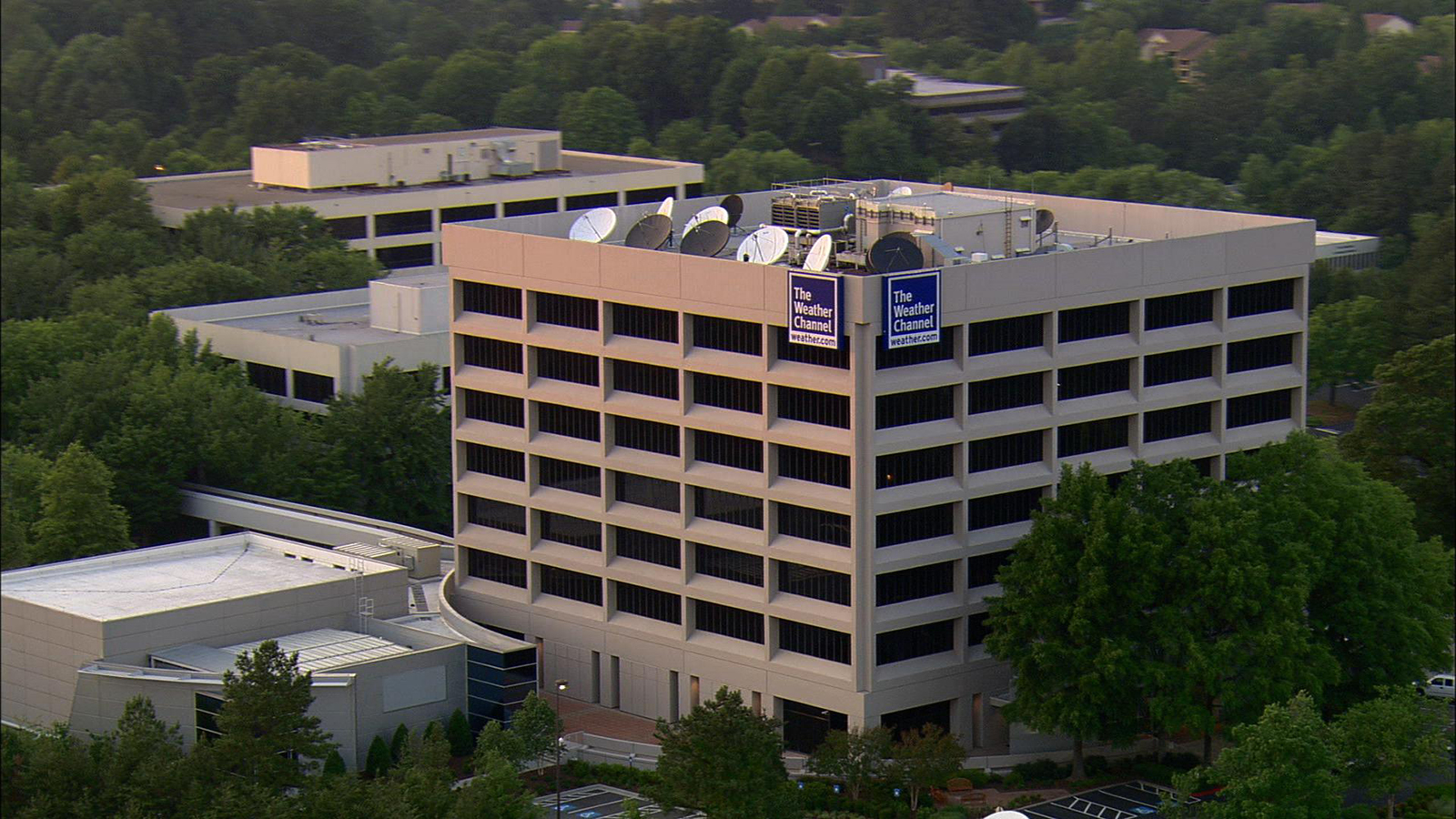
- Other Features
- A US weather forecast includes information on flu, allergies, sunset times, and pollen forecasts
- The dark mode is compatible with all features and widgets
- Extreme weather alerts: Live coverage and alerts on severe weather.
- Weather news to keep you in a loop
The Weather Channel Radar
The weather channel is a number one national-level TV weather channel for a reason. Radar technology utilized in the station is very sophisticated and is powerful enough to provide not only general weather information, but also details regarding storm movements, snow intensity, and rain. Weather Channel radar uses a number of state-of-the-art features that allow it to provide its viewers with the most accurate US weather coverage. Here take a look at some of the exciting features of US weather radar:
Doppler Effect
Without any doubt, one of the most amazing features that The Weather Channel radar includes is its use of the Doppler Effect in predicting the weather conditions. By detecting how fast precipitation moves towards a specific direction, radars can calculate how much precipitation will fall at a certain location. It offers precise information about the time and place where rain will fall, as well as the severity of the rain. Moreover, it also shows the wind speed. For the first time ever, these technologies were used by a weather service in 1980, allowing observation of dangerous tornadoes and wind gusts building up within thunderstorms.
With the weather channel radar, this information can be viewed as velocity imagery, which helps weather personalities and viewers identify where a tornado is likely to move within a severe thunderstorm. The velocity imagery often uses red and green colors. The former indicates the movement of wind away from the radar site, while the latter indicates the movement of wind towards it. In case if both red and green colors are close together within thunderstorms, then it is referred to as a rotational couplet. That is where the tornado is most likely to form.
Tornado Detection
The Weather Channel Radar can not be just used for precipitation purposes. Its technology is also helpful in detecting tornado debris. This service is quite advanced in terms of tornadoes since detecting the tornado movement is quite difficult due to lack of sunlight or heavy rain. The US weather radar technology can also be used to locate swarms of insects, frontal boundaries, cold fronts, flocks of birds, sea breezes, and plumes of smoke from wildfires.
Clear Air Mode
The weather channel radar uses clear air mode which is its most sensitive operation. When the radar is operating in this mode, the antenna movement is so slow that the radar is able to sample the given volume of the atmosphere for longer periods of time. As a result of the more frequent sampling, the radar has more sensitivity and can detect smaller objects in the surrounding area in precipitation mode. The most things that radar shows in clear air mode are particular matters and airborne dust. Moreover, a radar beam sent through snow is not reflected very well by snow. In this case, the clear air mode will mostly be used for identifying light snow. During clear air mode, the weather channel radar products update after every ten minutes.
Detecting the Storm Movement
Using its radar, the Weather Channel determines the storm movement based on an estimate of accumulated rainfall, continuously updating since the last interval of precipitation one hour ago. This technology is also used to locate flood potential in both rural and urban areas.
There is no doubt that radar has benefited meteorology in a big way, and the technology seems to have existed forever.
We need to understand the fact that radar is a life-changing technology that has the potential to change the future and to bring such things that we can not even comprehend now.
Popular Shows at The Weather Channel
The Weather Channel broadcasts live studio programs Monday through Friday from 6 am to 8 pm EST and on weekends or holidays from 6 am to 1 pm EST. The Weather Channel’s most popular programs are America’s Morning Headquarters that airs weekdays between 6 a.m. and 12 p.m. Easter Standard Time, Weather Underground at 12 pm and 4 p.m.EST, and Storm Center at 4 pm and 8 p.m.EST.

On weekends, America’s Morning Headquarters broadcasts from 6 am to 9 am, while Weekend Recharge is broadcast from 9 am to 1 pm. Weekend Recharge used to air for one hour less, but 21 April 2018 brought an additional hour of programming.
America’s Morning Headquarters
Do you plan on getting off the bed and going outside as soon as possible? You’ll find all the weather information you need to start your day right here on America’s Morning Headquarters. Jim Cantore, Jef Carfagno, and Stehanes Abrams, the Weather Personalities, will provide you with breaking weather news, state-of-the-art graphics, detailed storm coverage, as well as more than 70 years of experience in the field to help you prepare for current and future weather conditions.
The program first launched on 3 January 2000 with the name Your Weather Today being anchored by Heather Tesch and Marshal Seese. The local on the 8s concept was revised upon the launch of Your Weather Today. Among the program’s best segments was Travel Desk, which discussed air travel and highway travel conditions.
In November 2012, Your Weather Today was relaunched under the same host but with a new title called Morning Rush. In 2013, Jennifer Delgado became a part of the show. However, Abrams remained a part of Morning Rush as a co-anchor.
The Weather Channel TV Listing
From the US Weather coverage to The Weather Channel forecast, the station’s programming schedule covers everything. The shows that are broadcast on both television and online streaming platforms, including Live News Globe, are listed below.
| Highway Thru Hell | Uncharted Adventure | Defying Death: Heroes & Survivors Last Ditch Landings | Frozen Gold Make or Break |
| Uncharted Adventure Maine | Top Ten Record Setters | Top Ten Weather Destinations | America’s Morning Headquarters |
| Top Ten Extreme Jobs | Weather Underground | Storm Center | Heavy Rescue: 401 Shock and Awe |
| Strangest Weather on Earth Technicolor Weather | Jade Fever Mountains to Climb | Deep Water Salvage Long Lost Logs | Weird Earth Ghost Apples and Space Jelly |
| Weather Gone Viral Mudslide Devastation | So You Think You’d Survive? Avalanches and Volcanoes | Deadline to Disaster Music City Mayhem | Weekend Recharge |
| Ice Pilots NWT Shoot-Out | Mayday Nowhere to Land | Why Planes Crash Small Planes, Big Problems | Uncharted Adventure South Florida |
About The Weather Channel
On 18 July 1980, John Coleman, a TV meteorologist who had previously worked for WLS News as a chief meteorologist, and Frank Batten, president of the station’s initial owner Landmark Communication, launched The Weather Channel. The station aired its first transmission on 2 May 1982. Initially, the station used to take content from National Weather Service for the telecast. The company, however, decided to move all its forecasting operations to Atlanta since 2002.
Twitter: https://twitter.com/weatherchannel/
Facebook: https://www.facebook.com/TheWeatherChannel/
Brand Name: The Weather Channel























